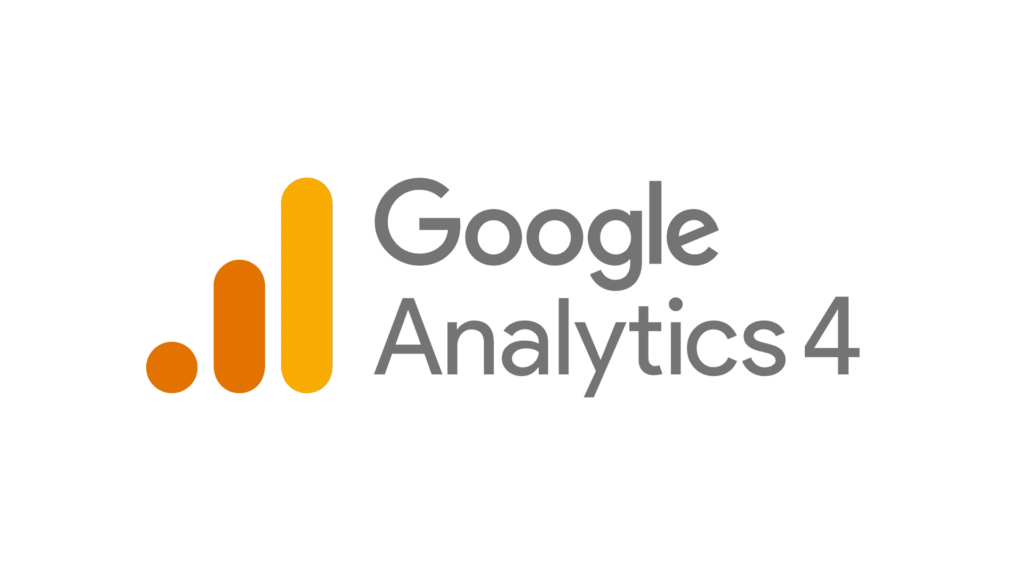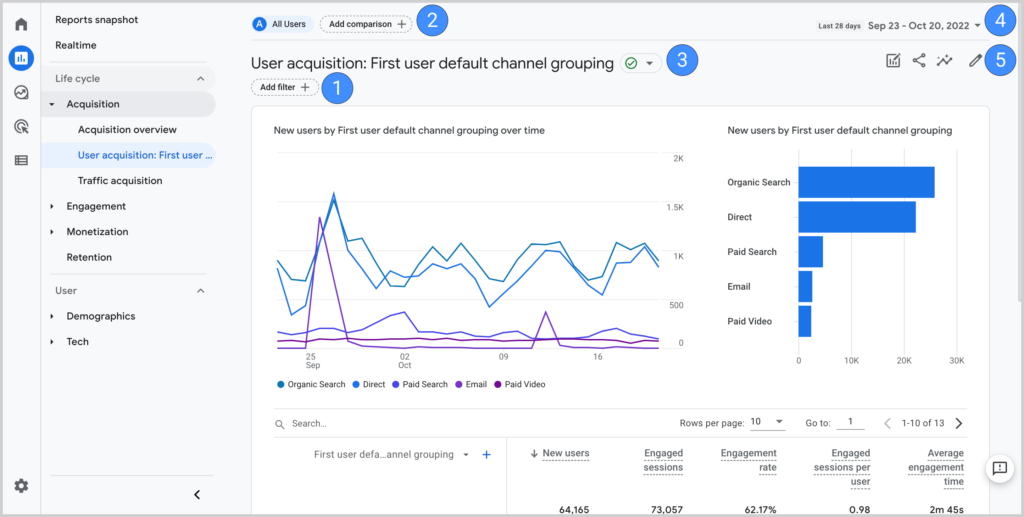Embracing the Future: Why You Need to Switch to Google’s G4 Analytics Now

The digital landscape is ever-evolving, and Google, as one of its primary architects, is no stranger to introducing game-changing updates. Their latest offering, Google Analytics 4 (G4), is a testament to this commitment to innovation. If you’re a business owner and haven’t made the switch yet, it’s high time to do so. Here’s why and how.
Why Switch to Google Analytics 4?
1. User-Centric Data Modeling:
G4 offers a more user-centric approach to data, focusing on a user’s entire journey rather than isolated sessions. This provides a holistic view of how users interact with your website or app.
2. Improved Predictive Metrics:
With G4, you can access predictive metrics like potential revenue from a particular group of customers, allowing you to target high-value segments more effectively.
3. Enhanced Integration with Google Ads:
G4’s integration with Google Ads is tighter than ever, enabling you to create audiences that can be reached with more personalized experiences.
4. More Granular Data Controls:
G4 provides more control over how you collect, retain, and use your data, ensuring better compliance with regulations like GDPR and CCPA.
5. Future-Proof Your Analytics:
Google has made it clear that G4 is the future of Google Analytics. By switching now, you’re ensuring that your business stays ahead of the curve.

How to Make the Switch:
1. Set Up a New Property:
Log into your Google Analytics account and create a new property. Choose ‘Google Analytics 4’ during the setup process.
2. Install the G4 Tracking Code:
Once your new property is set up, you’ll receive a G4-specific tracking code. Install this on your website, either manually or through platforms like Google Tag Manager.
3. Configure Your Events:
G4 places a significant emphasis on event tracking. Configure custom events that are crucial for your business, such as form submissions or product purchases.
4. Set Up Conversions:
Identify and set up key conversion actions in G4. This could include actions like newsletter sign-ups or completed transactions.
5. Monitor and Adjust:
As with any new tool, there’s a learning curve. Regularly check your G4 analytics, compare it with your previous data, and adjust your strategies accordingly.
In Conclusion:
Google Analytics 4 is not just an update; it’s a complete reimagining of what analytics can offer. By switching now, you’re not only gaining access to powerful new features but also ensuring that your business remains competitive in an increasingly digital world. Don’t be left in the digital dust; make the switch to G4 today.
